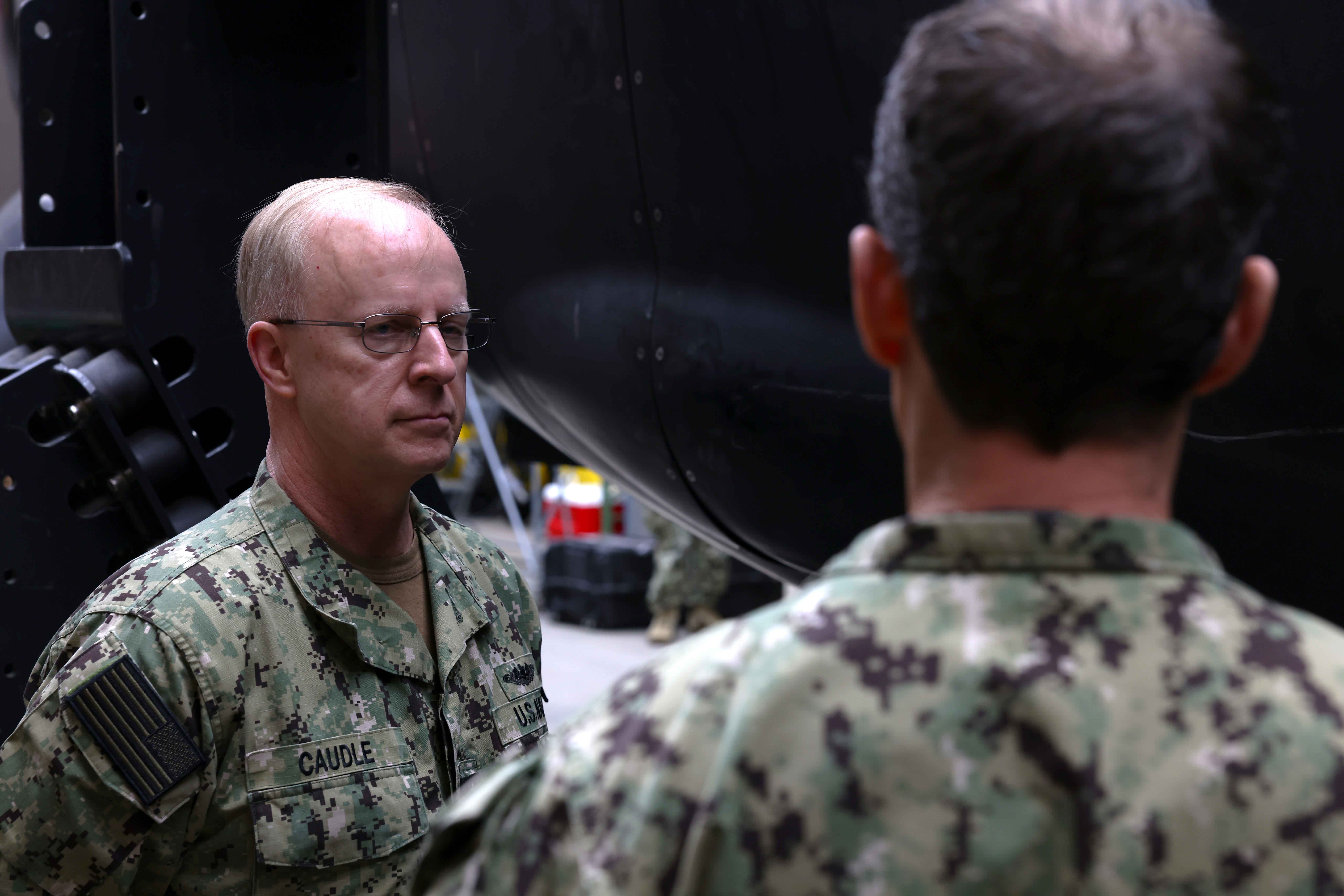Navigating Leadership: The Strategic Ascension in the U.S. Navy and Space Force
 The Tech Times
The Tech Times
In a significant shift of leadership within the United States military, Admiral Daryl Caudle has been confirmed as the new Chief of Naval Operations. This appointment marks a pivotal moment in the trajectory of U.S. military strategy, especially at a time when maritime security and space exploration are becoming increasingly critical domains.
A Veteran of the Seas Takes the Helm
Admiral Daryl Caudle's ascent to Chief of Naval Operations is a testament to his extensive experience and leadership capabilities. Having commanded the U.S. Fleet Forces Command since 2021, Caudle has been at the forefront of integrating cutting-edge technology and strategic naval maneuvers. His leadership has been instrumental in navigating both geopolitical tensions and the technological advancements necessary for modern naval operations.
Caudle's career trajectory is emblematic of the Navy's evolving focus. As the seas become a theater for geopolitical power plays—particularly in areas like the South China Sea and the Arctic—his expertise in fleet operations positions him well to steer the Navy through these complex waters.
The Rising Importance of Naval Operations
Historically, the U.S. Navy has been a cornerstone of American military might, projecting power and securing trade routes across the globe. From the days of World War II, when naval supremacy was critical in the Atlantic and Pacific theaters, to the Cold War era of nuclear deterrence, the Navy has played a strategic role in global security.
In recent years, the focus has shifted towards maintaining freedom of navigation in contested waters, countering piracy, and responding to humanitarian crises. Moreover, the Navy's role has expanded to include cyber warfare and the integration of unmanned systems, reflecting the broader technological transformation within the military.
Space Force: The Next Frontier
Alongside Caudle's appointment, a new vice chief was confirmed for the U.S. Space Force, underscoring the growing recognition of space as a crucial domain for national security. The establishment of the Space Force in 2019 signaled a strategic pivot towards the final frontier, acknowledging the increasing threats from anti-satellite weapons and the need to protect U.S. space assets.
The Space Force's development parallels historical patterns seen with the Air Force's separation from the Army Air Corps post-World War II. Just as air power became a distinct element of military strategy, space is now recognized as a domain that demands specialized focus and resources.
Strategic Implications
The dual appointments reflect a broader strategic recalibration within the U.S. military. As global dynamics shift with emerging powers and new technologies, the U.S. Navy and Space Force are adapting to ensure continued dominance and security. The emphasis on technologically sophisticated, agile forces capable of responding to a range of threats is central to this strategy.
For Admiral Caudle and the new Space Force leadership, the challenge lies in not only adapting to these changes but also in driving innovation and maintaining a competitive edge. This involves fostering collaboration with tech industries, enhancing cybersecurity measures, and integrating artificial intelligence into operations.
Conclusion
The confirmation of Admiral Daryl Caudle and the new Space Force vice chief highlights a critical juncture for U.S. military strategy. As the Navy and Space Force chart new courses, their leadership will be pivotal in addressing the multifaceted challenges of the 21st century. The seas and space are arenas of both opportunity and competition, and the U.S. military's ability to navigate these domains will shape the future of global security.
Source: Senate confims new top Navy leader, vice chief for Space Force
Subscribe to my newsletter
Read articles from The Tech Times directly inside your inbox. Subscribe to the newsletter, and don't miss out.
Written by
